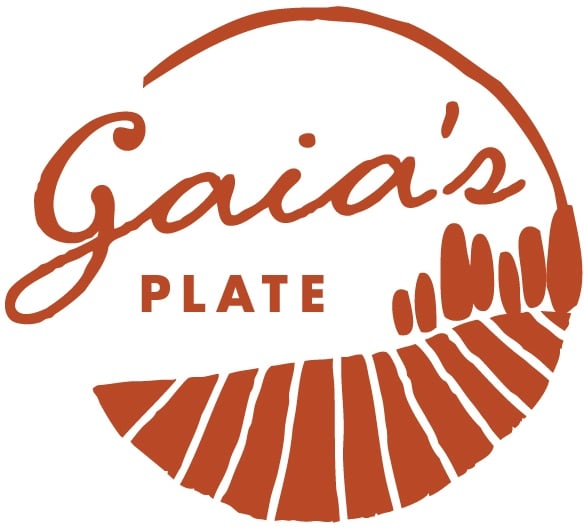How To Read An Olive Oil Label
When purchasing a bottle of Extra Virgin Olive Oil, it’s useful to know how to read the label and look for a few important things such as expiry date and proof of origin. This information will not guarantee that you are buying a great olive oil- you will need to taste it to confirm that- but they can be helpful tools when choosing between different varieties and brands.
Following below are some of the elements you should be reviewing when choosing a bottle:
A. COLD PRESSED – means that the olive paste has not been heated during processing and that the temperature is kept under 27°C during the extraction process. Excess heat can increase the quantity of oil extracted, however this compromises the quality of the oil. Almost all Extra Virgin Olive Oils these days are cold pressed so the term has become almost superfluous.Please be aware that there is no “second” press for Extra Virgin, so the term “first press” means only that the oil was produced in a press versus other possible methods.
B. HARVEST YEAR – combined with the expiry date, gives you an idea on how old the oil is. Consider that in cool climates such as Tuscany, olives are collected every year from November to December.
C. PROOF OF ORIGIN – not every Extra Virgin Olive Oil provides proof of origin. The certification process can be expensive and time consuming for small farms. Nevertheless, especially if you are buying the oil off the shelf or don’t know the producer, a proof of origin is a reliable means to ensure that you are buying Italian Extra Virgin. For example, Tuscan IGP oils are provided with a special numbered neckband that identifies the producer. Please, check the “Olive Oil 101″ section to more information on IGP Toscano.
D. EXPIRY DATE – don’t buy an oil that is not showing the expiry date. By Italian law the expiry date of Extra Virgin Olive Oil is 18 months following bottling date. Realistically, if it is stored well, a good Extra Virgin should mantain its freshness for up to 24 months from the production date.
E. NAME OF PRODUCER – small, family run farms take pride in having their name on the bottle (and it’s mandatory anyway). With their name and address on the label, you can easily learn more about the area of production and the size of the farm. As in the wine business, there are many bottlers out there who buy and blend huge amounts of oil coming from different countries- they of course are less expensive but also of lower quality both from a health and taste perspective.
F. PRODUCT OF ITALY- it’s a mandatory wording that was intented to guarantee the origin of the oil, however every oil that is bottled in Italy can be called “Product of Italy”, even if the oil in imported from other countries so it doesn’t really tell you much. Knowing the producer, especially if small, together with a proof of origin, is much more reliable than the generic “Product of Italy”.


